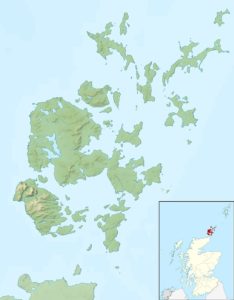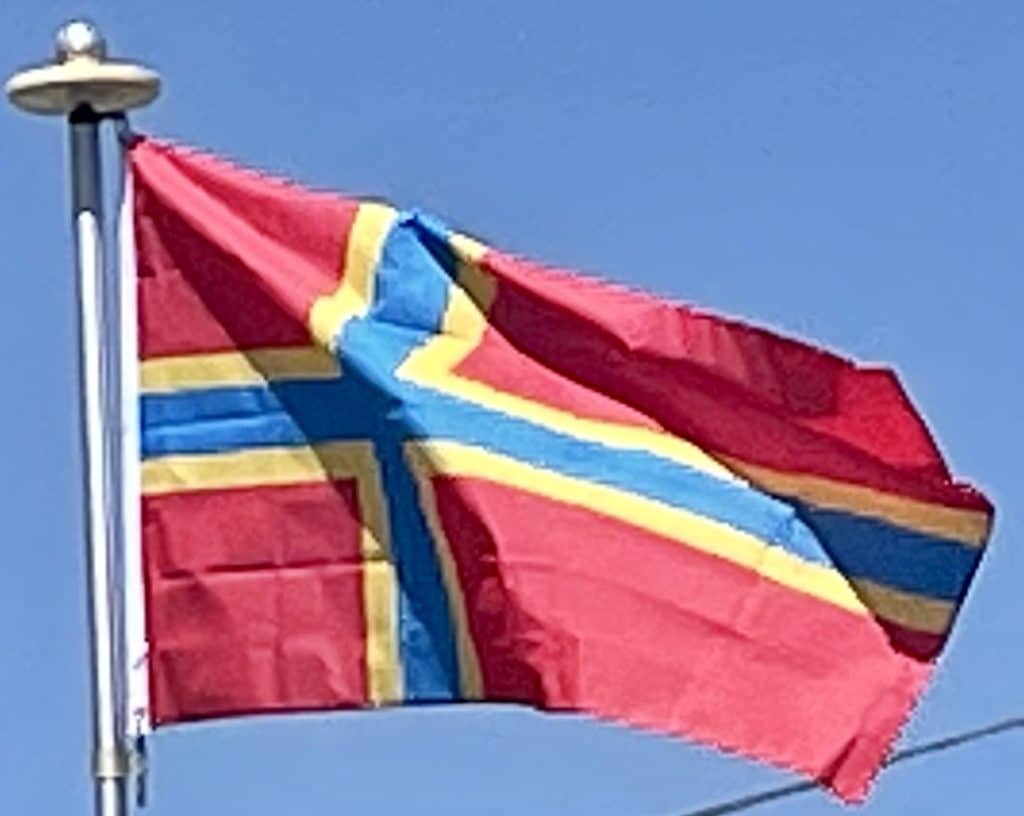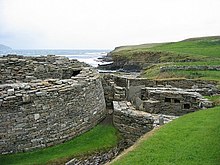Introduction:
Orkney, also known as the Orkney Islands, is an archipelago in the Northern Isles of Scotland, situated off the north coast of the island of Great Britain. Orkney is 10 miles (16 km) north of the coast of Caithness and has about 70 islands, of which 20 are inhabited. The largest island, Mainland, is often referred to as “the Mainland”, and has an area of 523 square kilometers (202 sq mi), making it the sixth-largest Scottish island and the tenth-largest island in the British Isles. Orkney’s largest settlement, and also its administrative center, is Kirkwall.
Orkney is one of the 32 council areas of Scotland, as well as a constituency of the Scottish Parliament, a lieutenancy area, and an historic county. The local council is Orkney Islands Council, one of only three councils in Scotland with a majority of elected members who are independents.

The islands have been inhabited for at least 8,500 years, originally occupied by Mesolithic and Neolithic tribes and then by the Picts. Orkney was colonized and later annexed by Norway in 875 and settled by the Norse. In 1472, the Scottish Parliament absorbed the earldom into the Kingdom of Scotland, following the failure to pay a dowry promised to James III by the family of his bride, Margaret of Denmark.
In addition to the Mainland, most of the remaining islands are divided into two groups: The North Isles and the South Isles. The climate is relatively mild and the soils are extremely fertile: Most of the land is farmed, and agriculture is the most important sector of the economy. The significant wind- and marine-energy resources are of growing importance; the amount of electricity that Orkney generates annually from renewable energy sources exceeds its demand.
The local people are known as Orcadians; they speak a distinctive dialect of the Scots language and have inherited a rich body of folklore. Orkney contains some of the oldest and best-preserved Neolithic sites in Europe; the “Heart of Neolithic Orkney” is a designated UNESCO World Heritage Site. Orkney also has an abundance of marine and avian wildlife.
History:
Ring of Brodgar, on the island of Mainland, Orkney
Prehistory:
A charred hazelnut shell, recovered in 2007 during excavations in Tankerness on the Mainland has been dated to 6820–6660 BC indicating the presence of Mesolithic nomadic tribes. The earliest known permanent settlement is at Knap of Howar, a Neolithic farmstead on the island of Papa Westray, which dates from 3500 BC. The village of Skara Brae, Europe’s best-preserved Neolithic settlement, is believed to have been inhabited from around 3100 BC. Other remains from that era include the Standing Stones of Stenness, the Maeshowe passage grave, the Ring of Brodgar and other standing stones. Many of the Neolithic settlements were abandoned around 2500 BC, possibly due to changes in the climate.
During the Bronze Age fewer large stone structures were built although the great ceremonial circles continued in use as metalworking was slowly introduced to Britain from Europe over a lengthy period. There are relatively few Orcadian sites dating from this era although there is the impressive Plumcake Mound near the Ring of Brodgar and various islands sites such as Tofts Ness on Sanday and the remains of two houses on Holm of Faray.
Iron Age:
Excavations at Quanterness on the Mainland have revealed an Atlantic roundhouse built about 700 BC and similar finds have been made at Bu on the Mainland and Pierowall Quarry on Westray. The most impressive Iron Age structures of Orkney are the ruins of later round towers called “brochs” and their associated settlements such as the Broch of Burroughston and Broch of Gurness. The nature and origin of these buildings is a subject of ongoing debate. Other structures from this period include underground storehouses, and aisled roundhouses, the latter usually in association with earlier broch sites.


